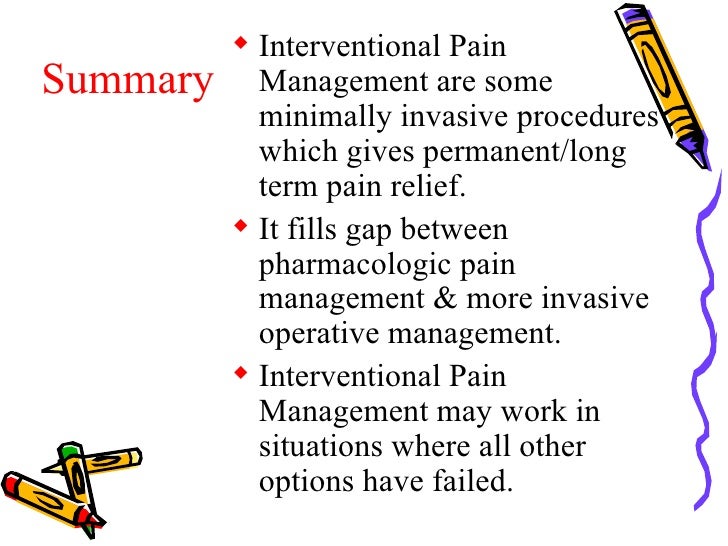Chronic pain can be debilitating, affecting a person’s quality of life and ability to perform daily activities. Traditional pain management techniques such as medication and physical therapy may not always provide adequate relief. This is where interventional pain management comes in.
What is Interventional Pain Management?
Interventional pain management is a branch of medicine that focuses on the diagnosis and treatment of pain using minimally invasive procedures. These procedures target the source of pain directly, offering quick and effective relief for patients suffering from chronic pain conditions.
Types of Interventional Pain Management Procedures
There are several types of interventional pain management procedures that can be utilized depending on the specific condition and the severity of the pain. Some common procedures include:
- Epidural Steroid Injections: administering steroids directly into the epidural space to reduce inflammation and relieve pain.
- Facet Joint Injections: injecting medication into the facet joints to alleviate pain caused by arthritis or other degenerative conditions.
- Radiofrequency Ablation: using heat to disrupt nerve conduction in specific areas, providing long-term pain relief.
The Benefits of Interventional Pain Management
Interventional pain management offers several advantages over traditional pain management approaches. Some of these benefits include:
- Targeted Pain Relief: By focusing on the source of pain, interventional procedures can provide more effective pain relief compared to medications alone.
- Minimally Invasive: Most interventional procedures are minimally invasive, reducing the risk of complications and allowing for quicker recovery times.
- Increased Functionality: By reducing pain, interventional pain management can improve a patient’s ability to participate in daily activities and improve their overall quality of life.
Read more about interventional pain management specialist here.
Overall, interventional pain management is a valuable tool in the treatment of chronic pain conditions. By offering targeted relief with minimally invasive procedures, patients can experience improved pain control and a better quality of life.
